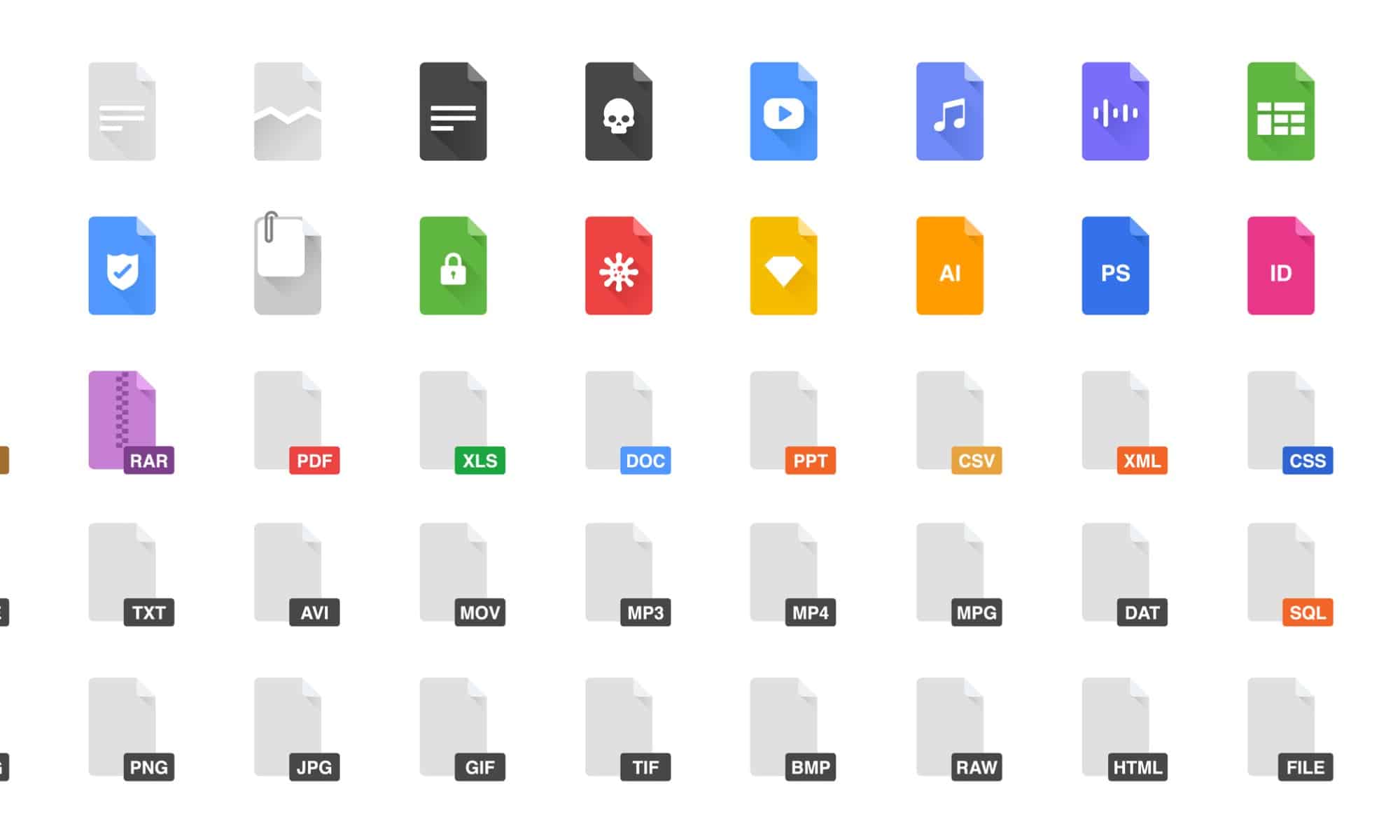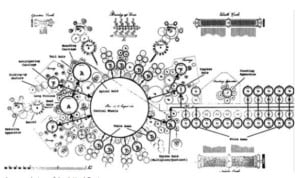exFAT vs. HFS+: Six Must-Know Facts
- HFS+ was the default file format for internal drives on Apple computers with Mac OS X from Mac OS 8.1 and up until High Sierra.
- exFAT is still the SDXC standard format as assigned by the SD Card Association.
- exFAT is a much simpler system than HFS+ which can sometimes lead to file corruption.
- exFAT external drives with Thunderbolt can transfer data at 2.8 GB/s.
- HFS stands for Hierarchical File System.
- exFAT is short for an extended file allocation table.
What Is a File System?
File Systems are standards designed to organize data on a storage device like USB flash drives, hard drives, or solid-state drives. You may encounter the need to select a File System when installing a new hard drive or reformatting a failing drive. Storage devices have the ability to be partitioned into multiple file-formats or use the entire volume as a single file system.
Here are a few examples of different file formats:
- FAT12
- FAT16
- FAT32
- exFAT
- ext2
- ext3
- ext4
- HFS
- HFS+
- APFS
- ZFS
- NTFS
What Is exFAT?

Extended File Allocation Table, or exFAT, is a file system created by Microsoft and introduced in 2006. It was meant to be an optimized file system for high-capacity USB storage drives and memory cards. It supports a maximum file size limit of 16 exabytes which is in essence unlimited.
The SD Card Association adopted exFAT as the default file system format for SDXC memory cards due to exFAT’s performance. It has support from every OS available including mobile operating systems.
Supported Operating Systems:
What Is HFS+?
HFS+ is the primary journaling file system used in the Mac OS X series since the release of Mac OS 8.1 in 1998. It is also known as HFS Plus, Mac OS Extended, or HFS Extended. It held the position as Apple’s primary filing system until the release of macOS High Sierra in 2017 when it was replaced with APFS(Apple File System) to accommodate SSDs.
Supported Operating Systems:
- Mac OS X and macOS systems from Mac OS 8.1 to now
- Linux(read-only)
exFAT vs HFS+: Which File System Format Should I Use?
To pick the right format for a new drive or reformatted drive, you’ll want to think about how the drive is being used. For external drives, you may want cross-compatibility with multiple operating systems. In that case, you would want to format the drive as exFAT. exFAT will allow your Mac to communicate with the drive as well as Windows PCs, Linux, Android, and iOS.
For internal drives, hard disk drives (HDDs) can be formatted to HFS+. However, you may want to consider APFS. APFS was designed to replace HFS+ in Mac OS High Sierra to add better support for SSDs.
exFAT vs HFS+: Side-by-Side Comparison
| exFAT | HFS+ | |
|---|---|---|
| What it is: | File System | Mac OS File System |
| Primary use: | Instruct OS on how to handle file organization | Instruct Mac OS on how to handle file organization |
| Conceived: | 2006 | 1998 |
| Initial release: | 2006 | 1998 |
| Influential developers: | Microsoft | Apple |
| Technical committee: | Microsoft | Apple |
| Open format: | Yes | No |
| Technologies influenced: | Windows, SSDs, HDDs | Mac OS 8.1 and up |
exFAT
| Pros! | Cons! |
|---|---|
| Cross-platform format(Windows, Android, Linux, macOS) | Slower performance on SSDs compared to NTFS |
| 16-exabyte maximum file size limits | |
| Default file system for SDXC as dictated by the SD Card Association |
HFS+
| Pros! | Cons! |
|---|---|
| • eight-exabyte maximum file size and volume size limits | • Specific to Mac OS X |
| • Default file system of Mac OS X |
Similarities and Differences
Similarities:
- Both are file systems used to organize files on a storage device.
- Both can be used to format a drive for use on Mac OS.
- Both have excessive file size limits that can be considered nearly unlimited.
- Both are used a default format for different systems(exFAT is the default format for SDXC, HFS+ is the default format for Mac OS X).
Differences:
- HFS+ has more sophisticated features meant to enhance Mac OS X as a whole.
- exFAT has double the file size capacity at 16 exabytes.
- exFAT has compatibility with nearly every OS.
- HFS+ has been replaced by APFS while exFAT remains the default format for SDXC.
- exFAT is vulnerable to file corruption.
- HFS+ has metadata for file integrity.
Performance Differences
exFAT and HFS+ have similar performance speeds that are ultimately dictated by the physical limitations of the storage device or hard drive to the file format is applied. exFAT has double the file size limitation of HFS+ and is still openly supported as a default file format for external storage drives and SD cards. HFS+ has been retired and succeeded by the newer APFS which has many similarities to HFS+ but enhanced support for SSDs.
HFS+ never adapted support for SSDs and was instead replaced, while exFAT has since been used on devices with 2.8 GB/s transfer speeds. It may seem unfair to compare a currently support file system against one that has been disengaged. That’s because it is. A modern comparison would be exFAT against the current file system of macOS, APFS.
Why Is HFS+ An Option?
Believe it or not, there are still Apple computers with Mac OS X running today. Keeping access to the format is a way to keep backward compatibility with those older devices. If the option were removed and someone’s older MacBook HDD fails, they would not be able to format a disk to repair the problem.
Is exFAT Better Than HFS+?
While it is still in use, exFAT only appears to be better due to its continued use in modern technology. HFS+ may be able to work on Thunderbolt devices near the same speeds. The difference comes down to the features of the file systems. exFAT is meant to be simple and clean so it can be easily used across different operating environments. HFS+ was designed as the center for file organization for Apple devices. It has a much more sophisticated system to allow for file protection and integrity.






